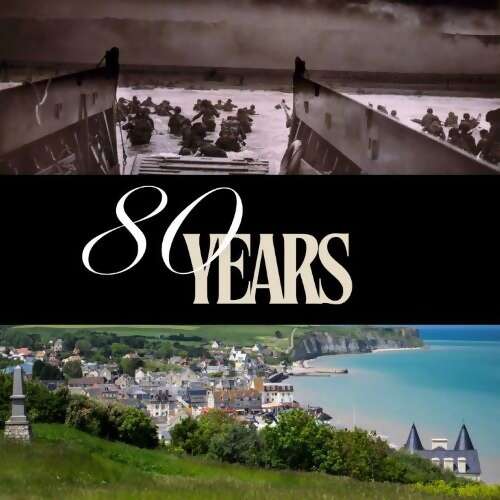
D-Day was the name given to the June 6, 1944, invasion of the beaches at Normandy in northern France by troops from the United States, Canada, the United Kingdom and other countries during World War II. France at the time was occupied by the armies of Nazi Germany, and the amphibious assault—codenamed Operation Overlord—landed some 156,000 Allied soldiers on the beaches of Normandy by the end of the day.
Despite their success, some 4,000 Allied troops were killed by German
soldiers defending the beaches. At the time, the D-Day invasion was the
largest naval, air and land operation in history, and within a few days
about 326,000 troops, more than 50,000 vehicles and some 100,000 tons of
equipment had landed. By August 1944, all of northern France had been
liberated, and in spring of 1945 the Allies had defeated the Germans.
Historians often refer to D-Day as the beginning of the end of World War
II.
The 80th anniversary of the D-Day landings, taking place on June 6, 2024, offers a significant opportunity to explore historical sites in Normandy, France. Visiting this area can be busy anytime of the year so here are some travel tips & highlights for your visit:
Don't forget to plan for the weather as Normandy can be windy & rainy so dress appropriately and bring a jacket.
For a meaningful and educational experience, ensure your itinerary includes both historical sites & local culture.
 Turnkey Travel
Turnkey Travel
Sign up for our newsletter to learn about the latest product news and deals. Also receive exclusive offers, contest details and giveaways.